Cucumber growing mistakes can turn your dreams of crisp, refreshing salads into a vine of frustration! Have you ever envisioned yourself strolling through your garden, plucking perfectly formed cucumbers, only to end up with bitter, misshapen, or even nonexistent fruits? You’re not alone! For centuries, cucumbers have been cultivated, dating back to ancient India, where they were prized for their cooling properties and versatility. Today, they’re a staple in gardens worldwide, but their seemingly simple nature can be deceiving.
I’ve learned firsthand that successfully growing cucumbers requires more than just sticking a seed in the ground. Many common pitfalls can sabotage your harvest, leaving you wondering what went wrong. That’s why I’ve compiled this guide to help you avoid the most frequent cucumber growing mistakes. From improper watering techniques to pest control blunders, we’ll cover everything you need to know to ensure a bountiful cucumber crop. Let’s ditch the disappointment and cultivate a garden overflowing with delicious, homegrown cucumbers!
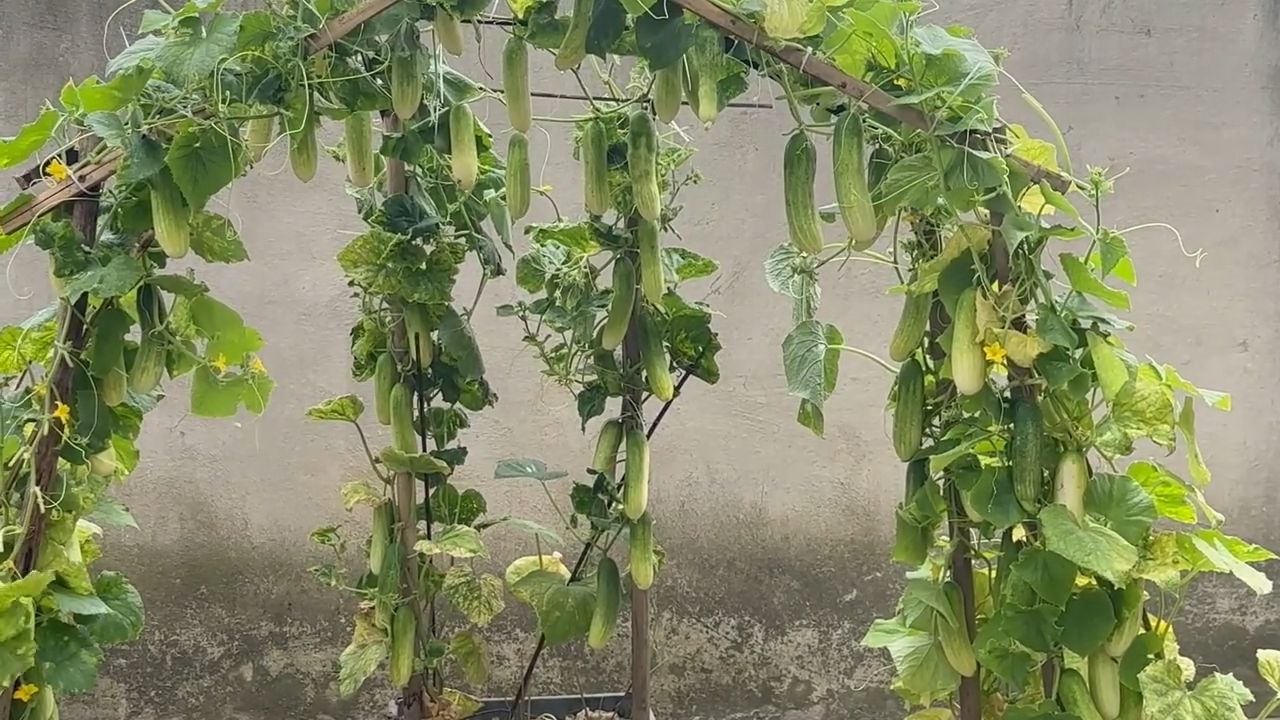
Avoiding Cucumber Growing Mistakes: Your Ultimate DIY Guide for a Rich Harvest
Hello dear garden friends! I’m here to guide you through the most common pitfalls of growing cucumbers and show you how to achieve a lush and delicious cucumber harvest. Cucumbers are actually quite easy to grow, but a few mistakes can quickly lead to frustration. Don’t worry, I have the solutions!
The Most Common Mistakes in Cucumber Cultivation and How to Avoid Them
Before we go into detail, here is an overview of the most common mistakes I have made myself (and learned from!):
- Wrong choice of location: Cucumbers need sun, sun, sun! And a place sheltered from the wind.
- Poor soil: Cucumbers are hungry! They need nutrient-rich, well-drained soil.
- Incorrect watering: Too much or too little water – both are bad.
- Lack of a climbing support: Cucumbers love to climb! Give them something to climb on.
- Incorrect fertilization: Too much nitrogen can lead to a lot of foliage and few fruits.
- Diseases and pests: Powdery mildew, cucumber mosaic virus, aphids – the list is long.
- Harvesting too late: Don’t let the cucumbers get too big, or they will become bitter.
- Wrong choice of variety: Not every variety is suitable for every location.
Step-by-Step Guide for Successful Cucumber Cultivation
Now I’ll show you how to avoid these mistakes and get your cucumbers to grow!
1. The Right Choice of Location
- Sun: Cucumbers love the sun! Choose a location that receives at least 6-8 hours of direct sunlight per day.
- Wind protection: A location sheltered from the wind is ideal, as strong wind can damage the leaves and interfere with pollination. A wall, a fence, or a hedge can help here.
- Soil: The soil should be well-drained so that no waterlogging occurs. Cucumbers like a slightly acidic to neutral pH (6.0-7.0).
2. Soil Preparation
- Soil analysis: A soil analysis provides information about the nutrient content and pH of your soil. You can buy a test kit at a garden center or send a sample to a laboratory.
- Soil improvement:
- Compost: Work plenty of compost into the soil. Compost improves the soil structure, retains moisture, and provides nutrients.
- Organic fertilizer: Add organic fertilizer such as horn shavings or bone meal to provide the soil with additional nutrients.
- Loosening the soil: Loosen the soil thoroughly to improve permeability.
- Raised bed: In heavy soils, a raised bed can help prevent waterlogging.
3. Sowing or Planting
- Sowing:
- Starting indoors: You can start cucumbers indoors from April. Sow the seeds in small pots with seed starting mix.
- Direct sowing: From mid-May, when there is no longer a risk of frost, you can sow the cucumbers directly into the open ground.
- Sowing depth: Sow the seeds about 2-3 cm deep.
- Spacing: Maintain a distance of about 50-60 cm between the plants.
- Planting:
- Purchased young plants: If you buy young plants, make sure they look healthy and strong.
- Planting distance: Plant the young plants at the same distance as for direct sowing.
- Planting depth: Plant the young plants as deep as they were in the pot.
- Watering: Water the plants thoroughly after planting or sowing.
4. Watering
- Water regularly: Cucumbers need regular water, especially during fruit formation.
- Water in the morning: It is best to water in the morning so that the leaves can dry off during the day. This reduces the risk of fungal diseases.
- Do not water over the leaves: Avoid watering the leaves, as this can promote fungal diseases. Instead, water directly at the roots.
- Mulching: Mulch the soil around the cucumber plants with straw or grass clippings. This helps to keep the moisture in the soil and suppress weeds.
- Check soil moisture: Stick your finger into the soil to check the moisture. The soil should feel moist, but not wet.
5. Fertilization
- Fertilize regularly: Cucumbers are heavy feeders and need regular applications of fertilizer.
- Organic fertilizer: Use organic fertilizer such as compost tea, nettle manure, or diluted liquid fertilizer.
- Potassium-rich fertilizer: Make sure that the fertilizer is rich in potassium, as potassium promotes fruit formation.
- Do not over-fertilize: Over-fertilization can lead to a lot of foliage and few fruits. Follow the dosage instructions on the fertilizer packaging.
- Fertilization during flowering and fruit formation: Fertilize the cucumbers every 2-3 weeks during flowering and fruit formation.
6. The Climbing Support
- Why a climbing support? Cucumbers are climbing plants and need a climbing support to grow optimally. A climbing support ensures better ventilation of the plants, reduces the risk of fungal diseases, and makes harvesting easier.
- Different climbing supports:
- Trellis: A trellis is a simple and effective way to support cucumbers.
- Espalier: An espalier is a more stable option that is well-suited for larger cucumber plants.
- Teepee: A teepee made of bamboo poles or branches is a decorative and functional climbing support.
- Strings: You can also simply hang strings from a fence or a pergola.
- Attaching the plants: Guide the cucumber plants along the climbing support and attach them with plant ties if necessary.
7. Diseases and Pests
Aphids: Aphids suck plant sap and can weaken the plants.
Prevention:
Healthy plants: Ensure healthy and strong plants, as they are less susceptible to diseases and pests.
Good ventilation: Ensure good ventilation of the plants to prevent fungal diseases.
Crop rotation: Change the location of the cucumbers every year to avoid the accumulation of pathogens in the soil.
Promote beneficial insects: Promote beneficial insects such as ladybugs and lacewings, which eat aphids and other pests.
Common diseases and pests:
Powdery mildew: Powdery mildew is a fungal disease that manifests as a white, powdery coating on the leaves.
Control: Remove infested leaves and treat the plants with a fungicide.
Cucumber mosaic virus: The cucumber mosaic virus causes yellow spots and deformities on the leaves.
Control: There is no direct control for the cucumber mosaic virus. Remove infested plants to prevent its spread.
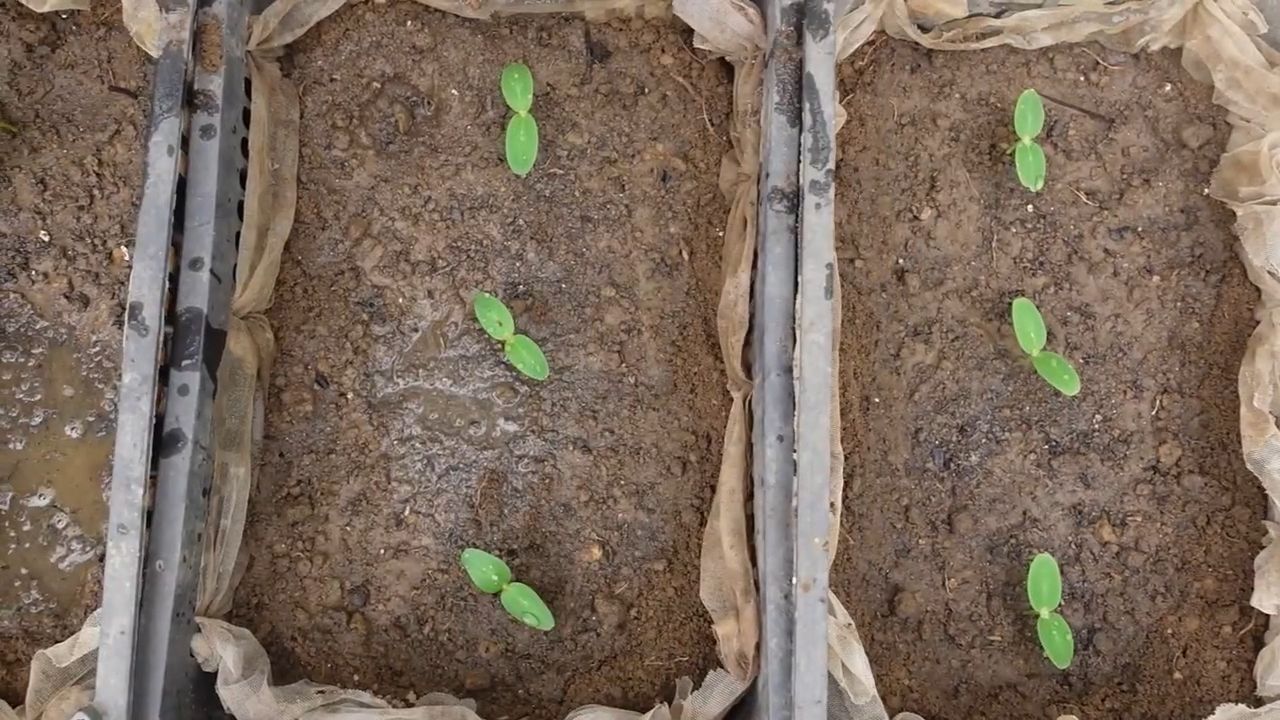
Conclusion
So, there you have it! Armed with the knowledge of these common cucumber growing mistakes and, more importantly, how to avoid them, you’re well on your way to a bountiful harvest of crisp, delicious cucumbers. This isn’t just about growing cucumbers; it’s about cultivating a thriving garden and enjoying the fruits (or vegetables!) of your labor.
Why is addressing these mistakes a must-try? Because it’s the difference between a few sad, misshapen cucumbers and a garden overflowing with them. It’s the difference between frustration and the satisfaction of biting into a perfectly grown cucumber, knowing you nurtured it from seed to table. It’s about maximizing your yield, minimizing waste, and truly enjoying the process of gardening.
Consider these variations to further enhance your cucumber growing experience. For those in cooler climates, starting your seeds indoors several weeks before the last frost can give your plants a head start. Experiment with different cucumber varieties to find your favorites – from the classic slicing cucumber to the smaller, pickling varieties, there’s a cucumber out there for everyone. And don’t be afraid to get creative with your trellising methods! A simple A-frame trellis works wonders, but you can also use repurposed materials like old ladders or even create a living wall of cucumbers.
Remember, consistent watering, proper soil preparation, and vigilant pest control are your allies in this endeavor. Don’t underestimate the power of companion planting either! Marigolds, for example, can help deter pests, while dill attracts beneficial insects.
We wholeheartedly encourage you to put these tips into practice and embark on your own cucumber growing adventure. The rewards are well worth the effort. And most importantly, we want to hear about your experiences! Share your successes, your challenges, and any unique tips you’ve discovered along the way in the comments below. Let’s create a community of cucumber enthusiasts, learning and growing together. After all, the best gardening advice often comes from fellow gardeners who have been there, done that, and grown the cucumbers to prove it. This year, let’s all aim for a bumper crop and avoid those pesky cucumber growing mistakes!
Frequently Asked Questions (FAQ)
Why are my cucumber plants producing flowers but no cucumbers?
This is a very common issue, and there are several potential causes. One possibility is a lack of pollination. Cucumbers need to be pollinated to produce fruit. If you’re growing them indoors or in an area with limited bee activity, you may need to hand-pollinate the flowers. Use a small paintbrush to transfer pollen from the male flowers (those with a thin stem behind the flower) to the female flowers (those with a small cucumber-like structure behind the flower). Another reason could be environmental stress, such as extreme temperatures or inconsistent watering. Ensure your plants are getting adequate water and are protected from harsh weather. Finally, nutrient deficiencies can also play a role. Make sure your soil is rich in phosphorus and potassium, which are essential for fruit development.
How often should I water my cucumber plants?
Cucumbers are thirsty plants and require consistent watering, especially during hot weather. Aim to water deeply at least two to three times per week, ensuring the soil is moist but not waterlogged. A good rule of thumb is to provide about 1 inch of water per week. Use a soaker hose or drip irrigation to deliver water directly to the roots, minimizing water loss through evaporation and reducing the risk of fungal diseases. Check the soil moisture regularly by sticking your finger about an inch into the soil. If it feels dry, it’s time to water.
What are the best fertilizers for cucumber plants?
Cucumbers benefit from a balanced fertilizer with a slightly higher phosphorus and potassium content. A 5-10-10 or 6-12-12 fertilizer is a good option. Apply fertilizer according to the package instructions, typically every two to three weeks. You can also supplement with organic fertilizers like compost tea or fish emulsion. Avoid over-fertilizing, as this can lead to excessive foliage growth at the expense of fruit production.
How do I deal with pests on my cucumber plants?
Common cucumber pests include aphids, cucumber beetles, and squash bugs. Regularly inspect your plants for signs of infestation, such as yellowing leaves, distorted growth, or visible insects. For aphids, try spraying your plants with a strong stream of water or using insecticidal soap. Cucumber beetles can be controlled with row covers or by hand-picking them off the plants. Squash bugs are more challenging to manage, but you can try trapping them under boards or cardboard placed near the plants overnight and then collecting and destroying them in the morning. Neem oil is also an effective organic insecticide for controlling a variety of pests.
Why are my cucumbers bitter?
Cucumber bitterness is often caused by stress, such as inconsistent watering, high temperatures, or poor soil conditions. The bitterness is due to compounds called cucurbitacins. To minimize bitterness, ensure your plants receive consistent watering, especially during hot weather. Choose cucumber varieties that are less prone to bitterness. Harvest cucumbers when they are young and tender, as bitterness tends to increase as they mature. You can also try peeling the cucumbers, as the cucurbitacins are concentrated in the skin.
How do I prevent powdery mildew on my cucumber plants?
Powdery mildew is a common fungal disease that can affect cucumber plants, especially in humid conditions. To prevent powdery mildew, provide good air circulation around your plants by spacing them adequately and pruning away any overcrowded foliage. Water your plants in the morning so the leaves have time to dry before nightfall. You can also apply a preventative fungicide, such as neem oil or copper fungicide, according to the package instructions. If powdery mildew does appear, remove affected leaves promptly to prevent the spread of the disease.
Can I grow cucumbers in containers?
Yes, cucumbers can be successfully grown in containers, but you’ll need to choose a large container (at least 5 gallons) and provide adequate support for the vines. Use a well-draining potting mix and fertilize regularly. Container-grown cucumbers may require more frequent watering than those grown in the ground, as the soil in containers tends to dry out more quickly. Choose bush or compact cucumber varieties that are better suited for container gardening.
What are some good companion plants for cucumbers?
Cucumbers benefit from companion planting with various herbs and vegetables. Marigolds deter pests, while dill attracts beneficial insects like ladybugs and lacewings, which prey on aphids. Nasturtiums also attract aphids away from your cucumber plants. Other good companion plants include beans, peas, radishes, and sunflowers. Avoid planting cucumbers near aromatic herbs like sage, as they can inhibit cucumber growth.
How do I know when my cucumbers are ready to harvest?
Cucumbers are typically ready to harvest when they are firm, green, and of the desired size for the variety you are growing. Check the seed packet or plant tag for specific harvesting guidelines. Overripe cucumbers will turn yellow or orange and become bitter. Harvest cucumbers regularly to encourage continued production. Use a sharp knife or pruners to cut the cucumbers from the vine, leaving a short stem attached.

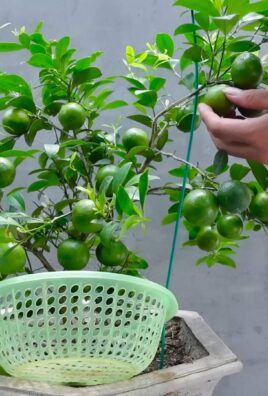
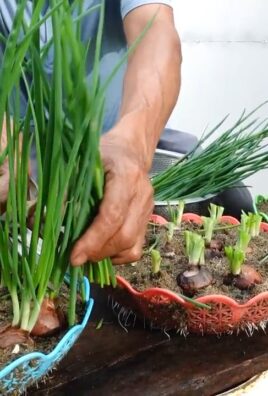
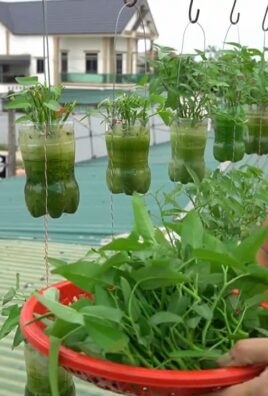
Leave a Comment